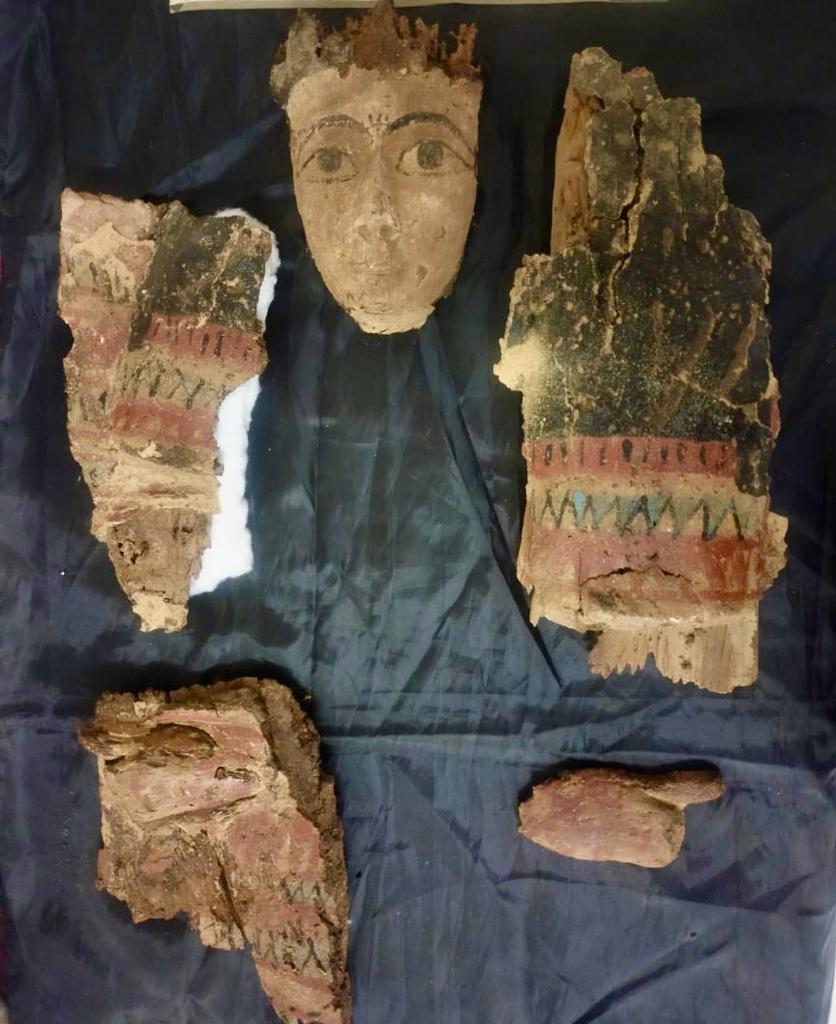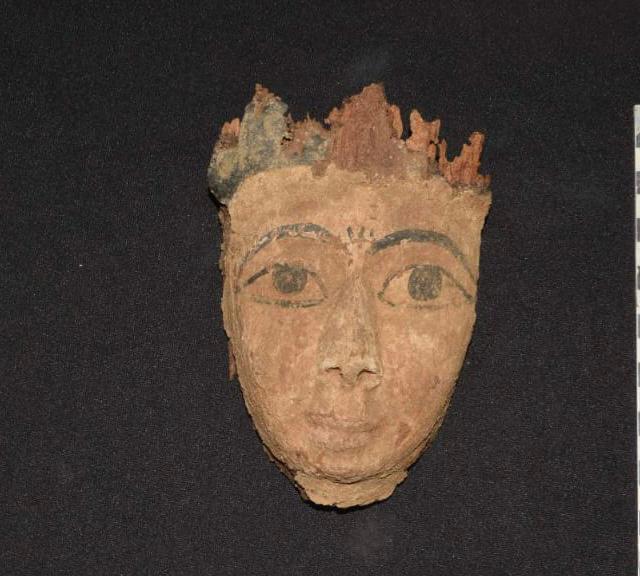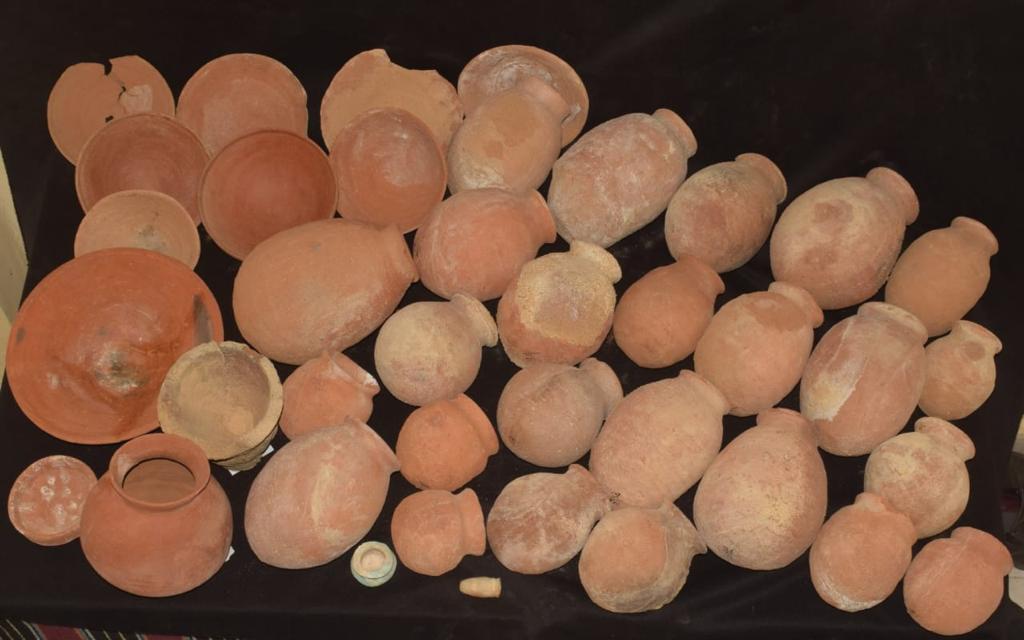
The Egyptian archaeological mission operating in the Mir antiquities area in the city of al-Qusia, Assiut Governorate, discovered parts of some buildings dating back to the Byzantine era and several graves from the Late Period, the Secretary General of the Supreme Council of Antiquities Mostafa Waziri announced.
The discovery showed the importance of the site during the ancient, middle, and late periods in ancient Egypt, he said.
A text of religious supplications was uncovered on one of the walls of the buildings, written in black ink in eight horizontal lines in Coptic script, surmounted by shelves of mud and hay that were likely used to place the monk’s needs and to store manuscripts, Waziri said.

The buildings discovered in the upper cemetery of the region consist of a courtyard with several attached rooms, storage areas and a fireplace, the head of the Central Department of Antiquities of Middle Egypt Adel Okasha said.
The graves that were uncovered in the lower cemetery included remnants of wooden coffins, skeletons, and funerary furniture in poor preservation, he added.
One of these burial sites belonged to a woman whose coffin was also found in a poor state of preservation, he noted.

A mask, two palms, and parts of the chest are all that remains of her.
Okasha said that pottery vessels of different shapes and sizes, and a set of blue and black faience beads and two copper mirrors were also found.
The Mir cemetery also includes a group of rock tombs carved entirely in the rock dating back to the Old and Middle Kingdom eras.





